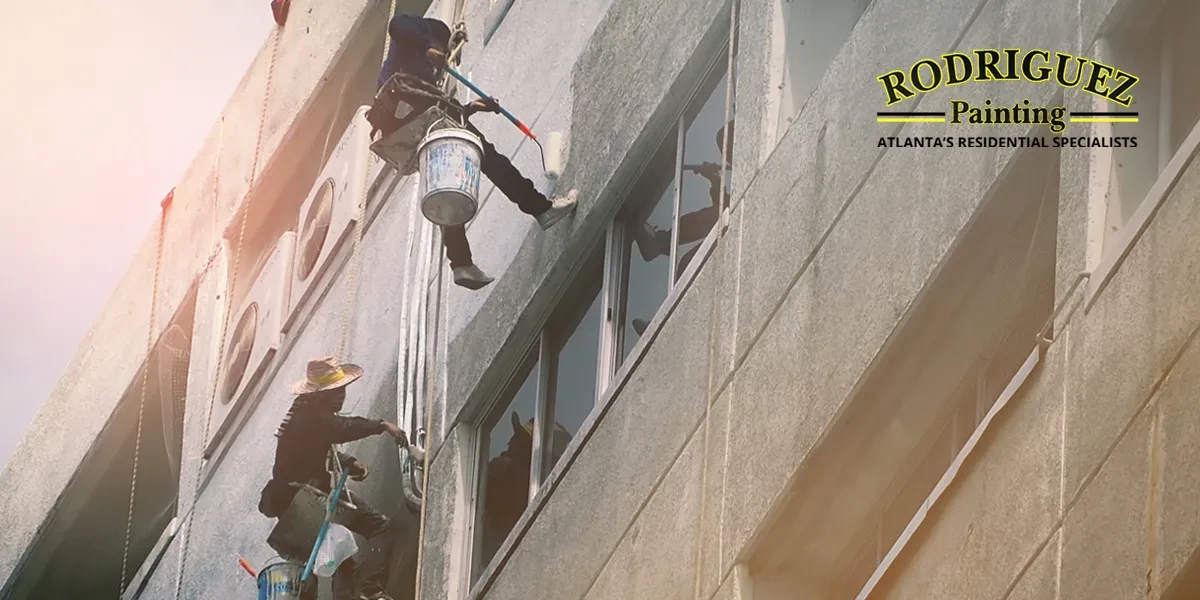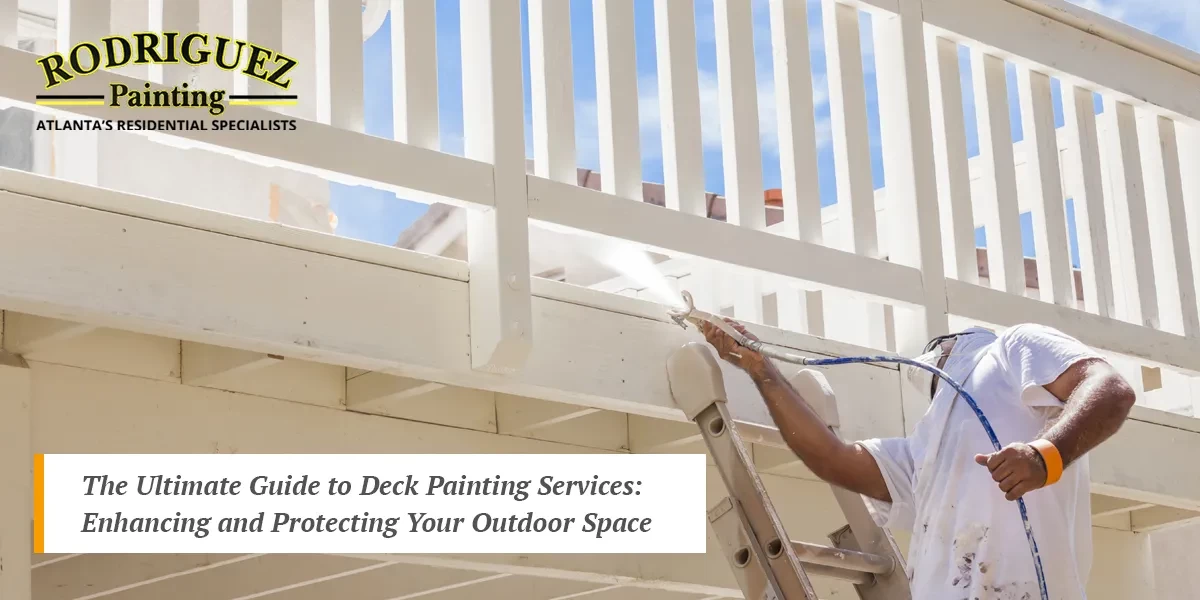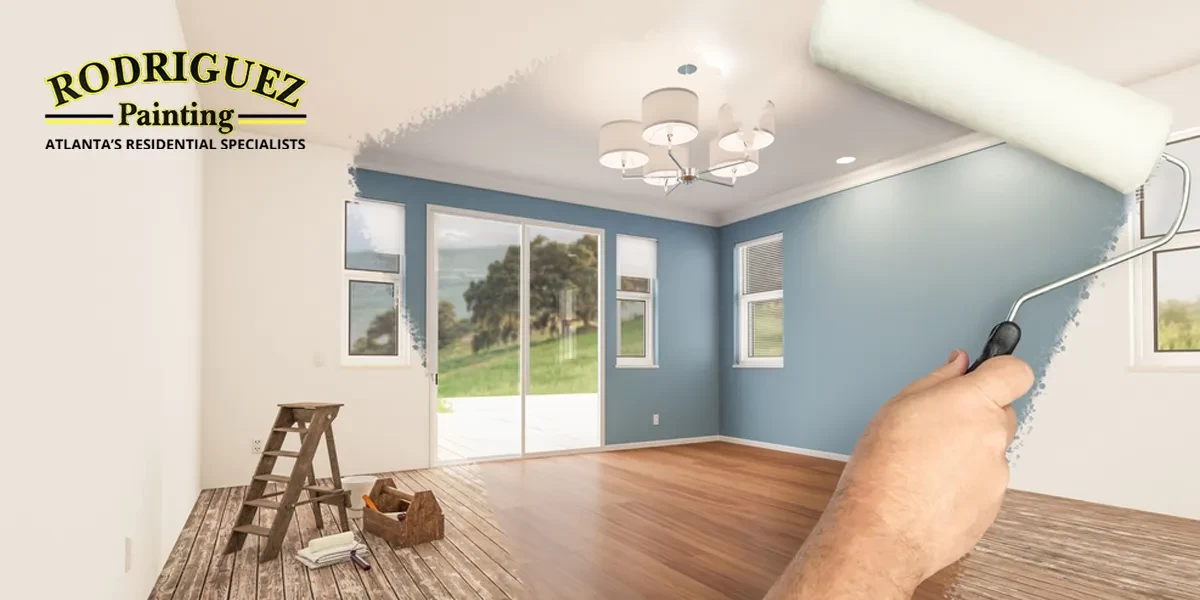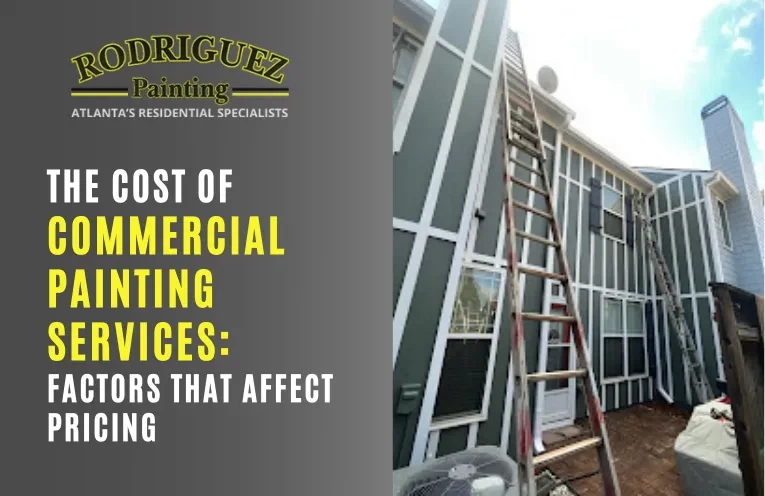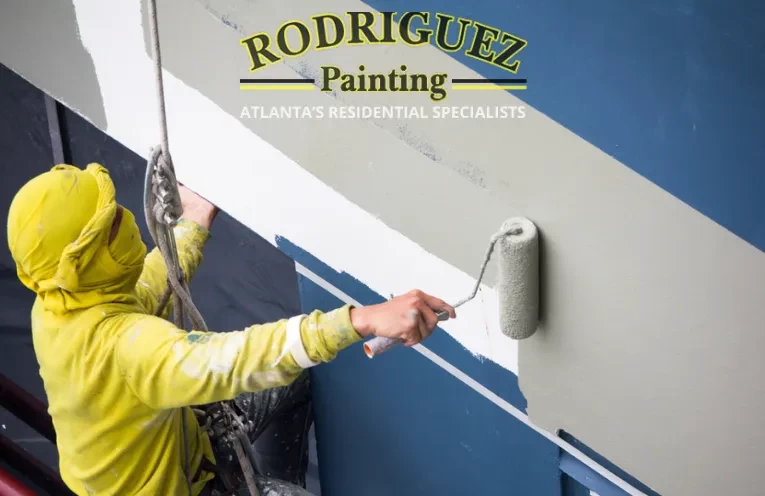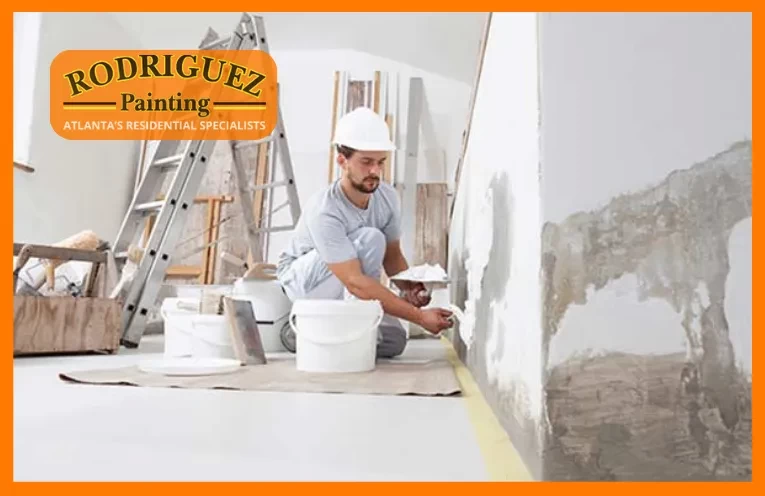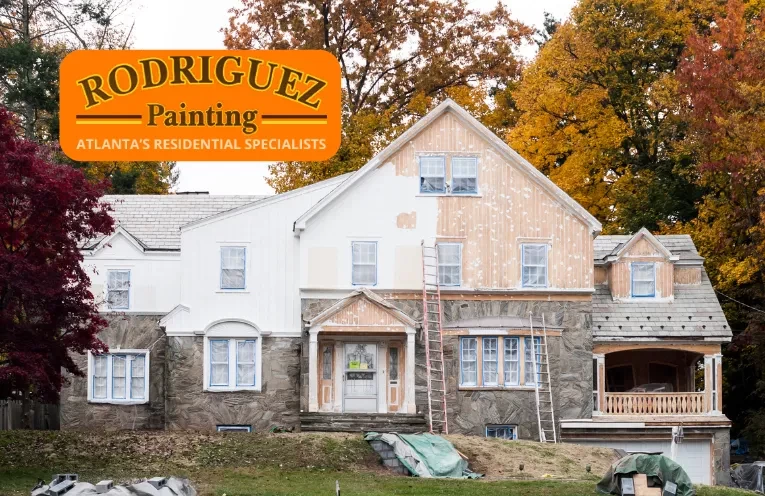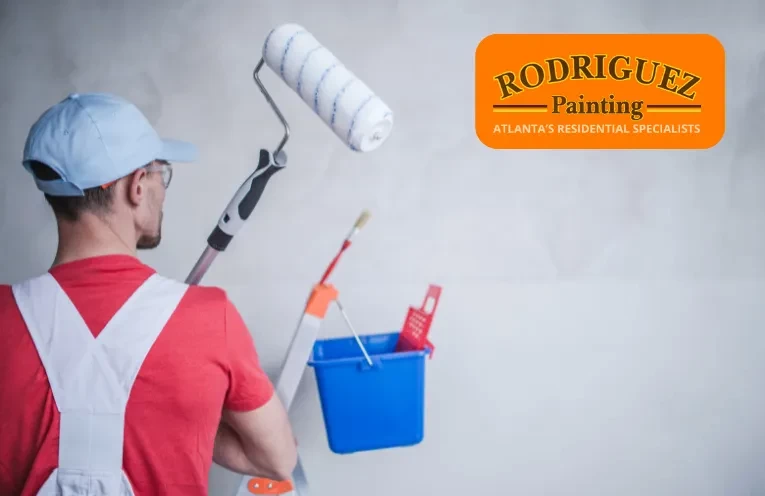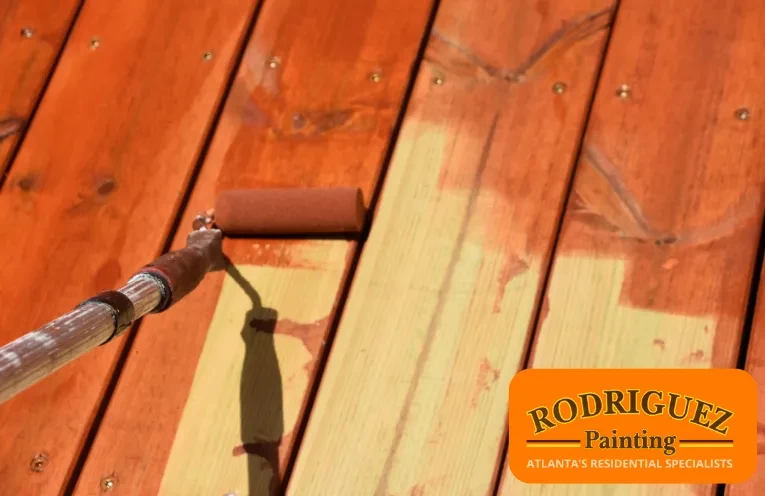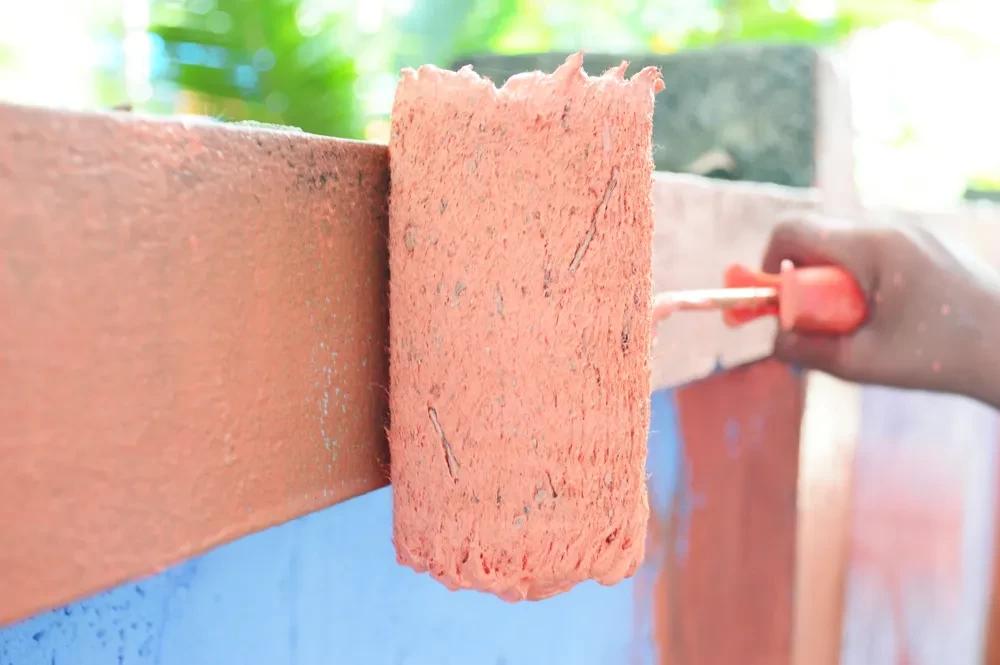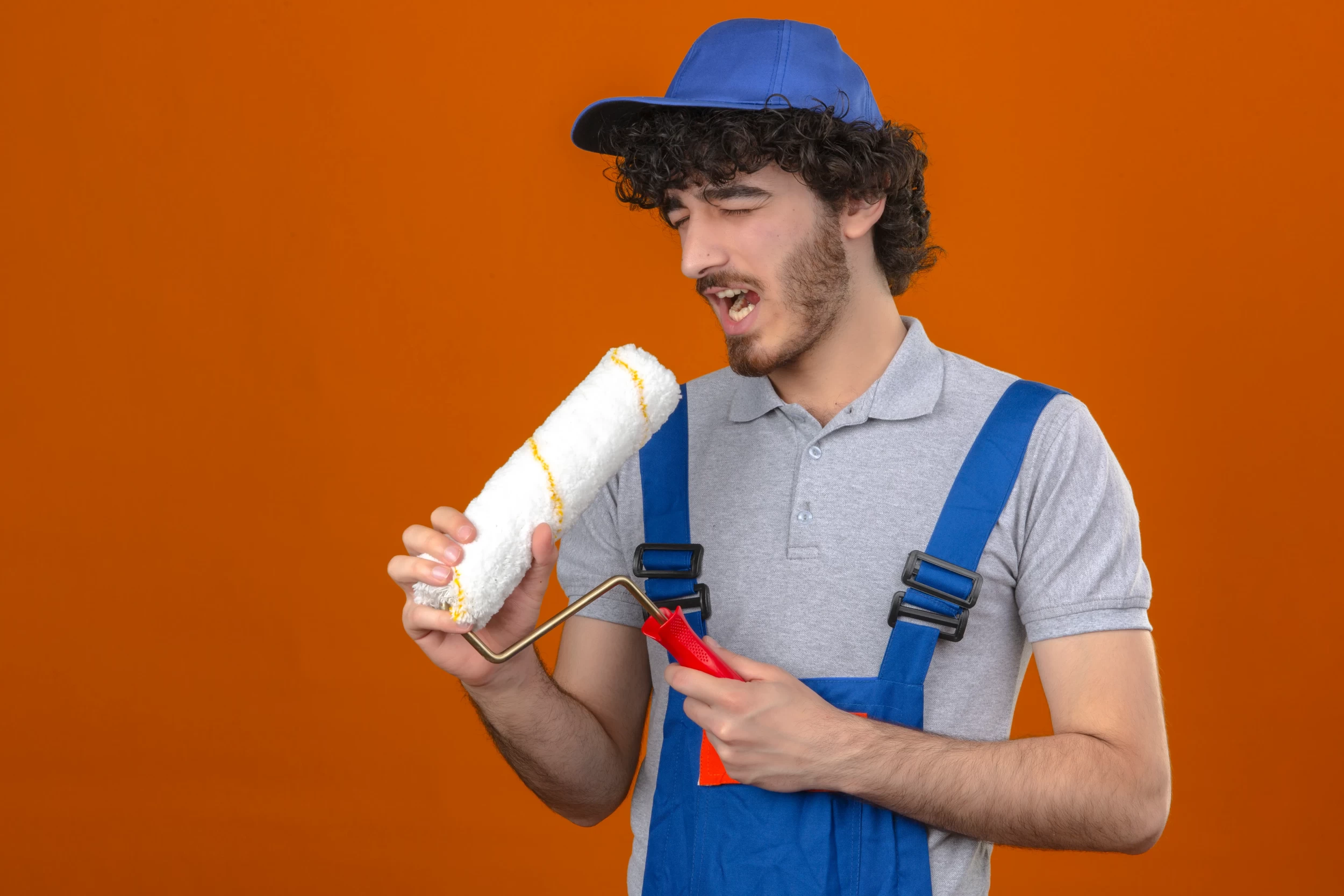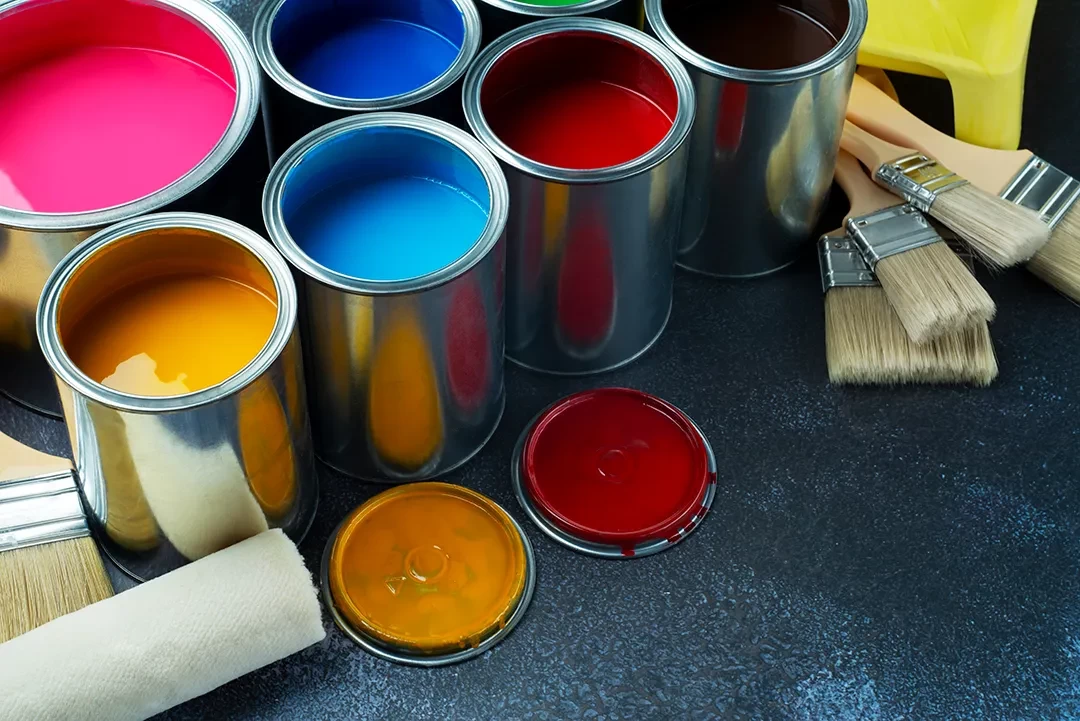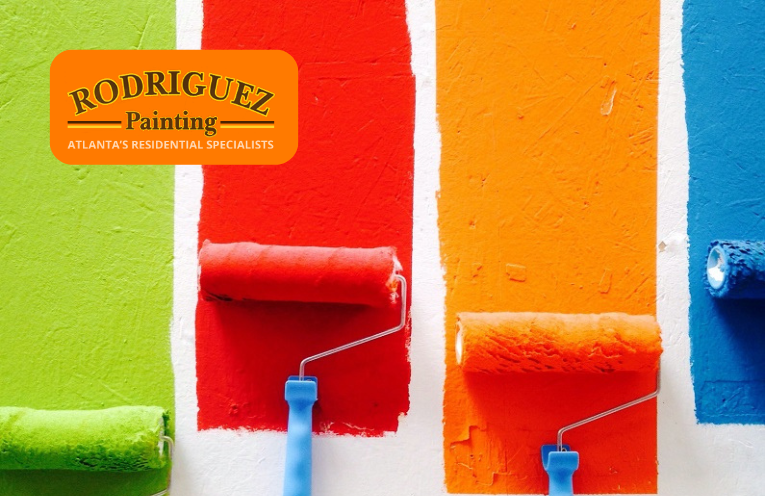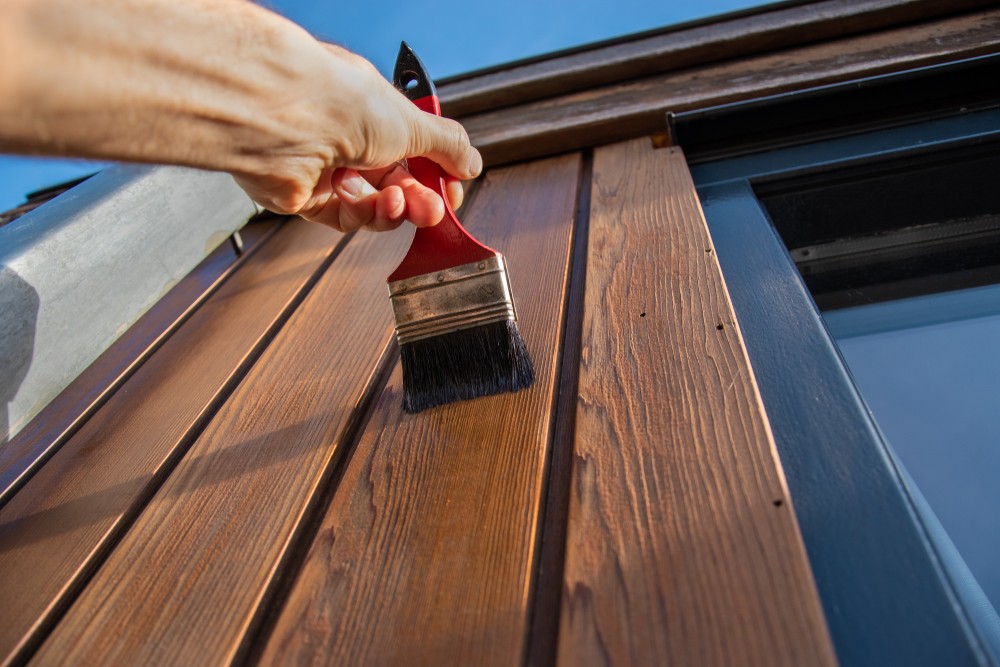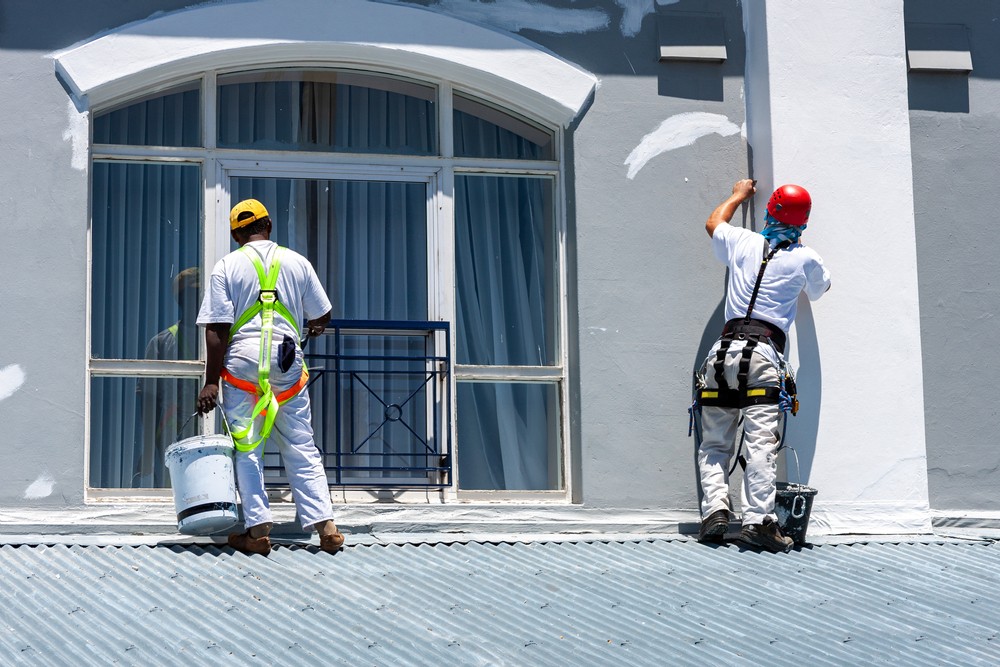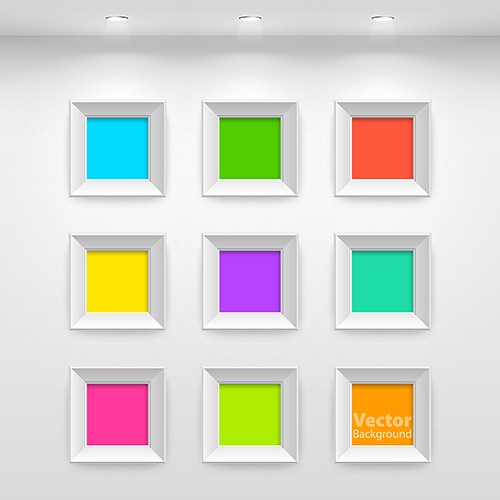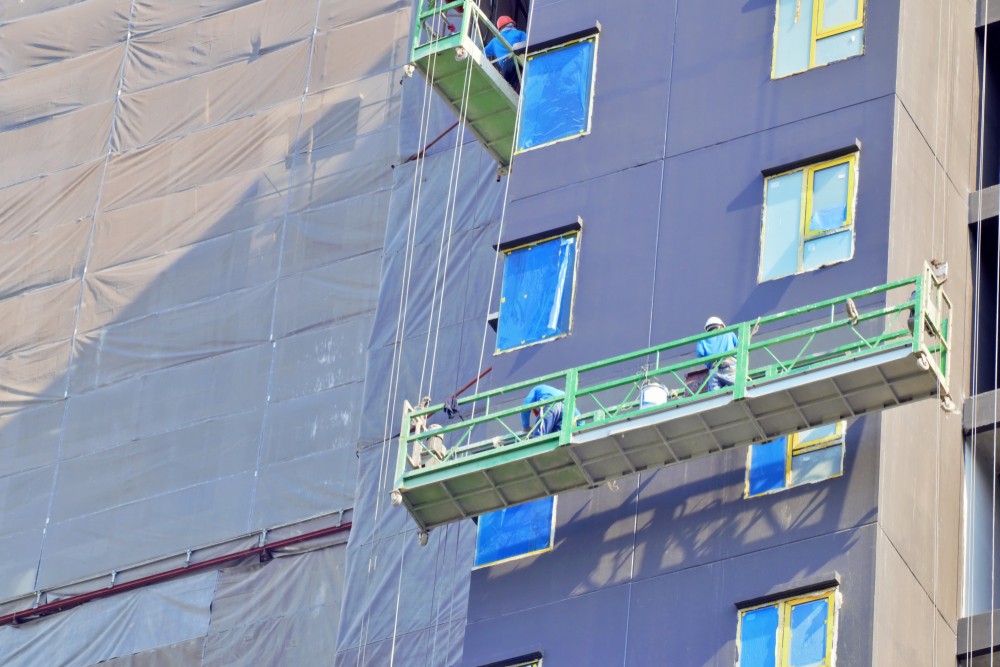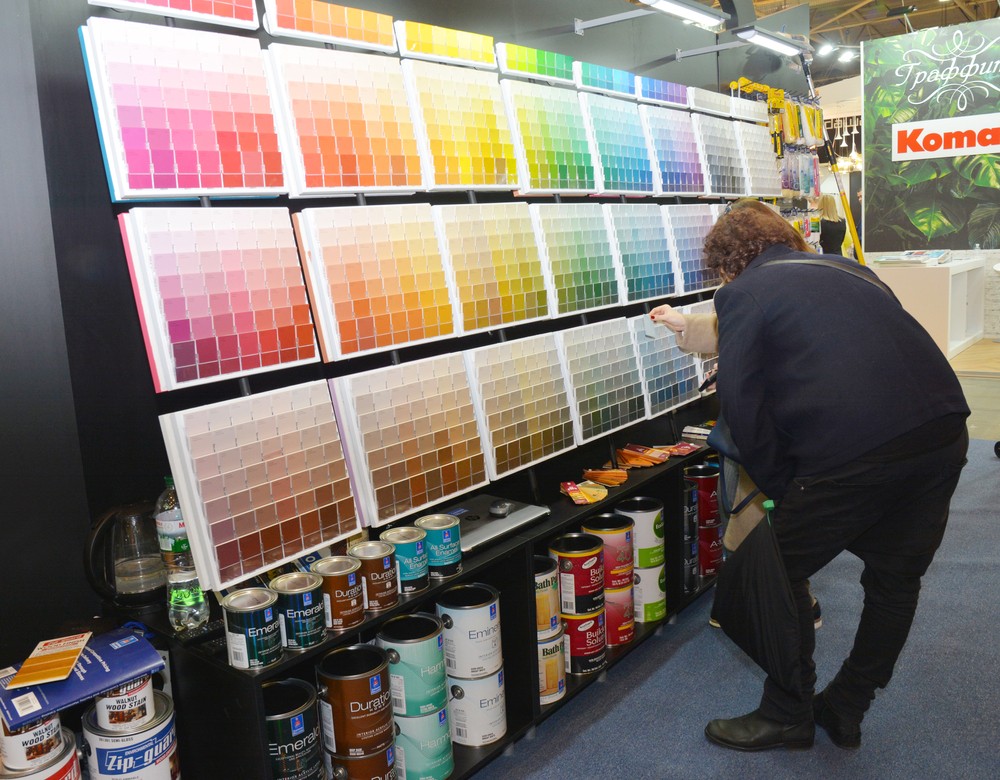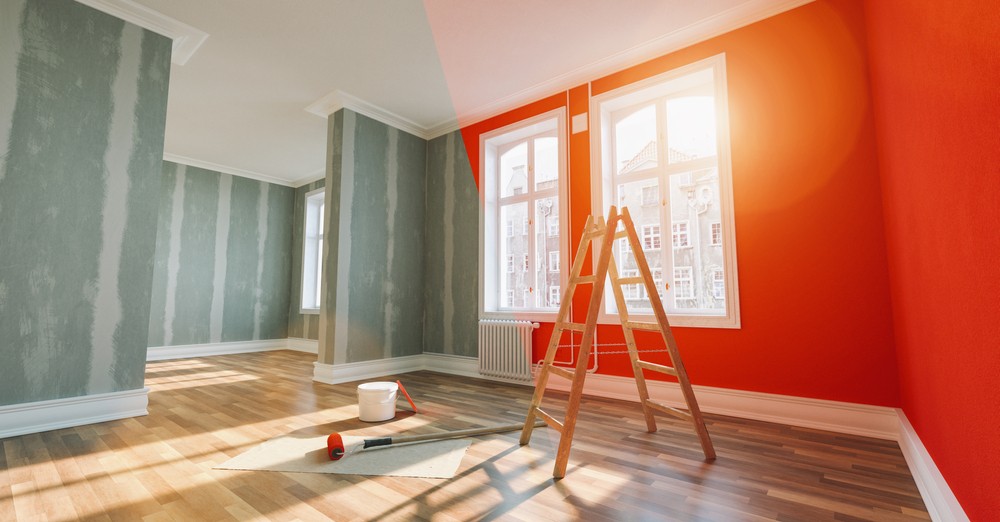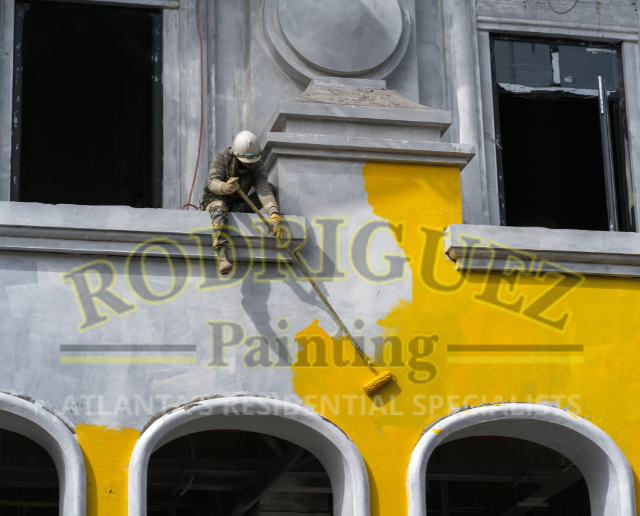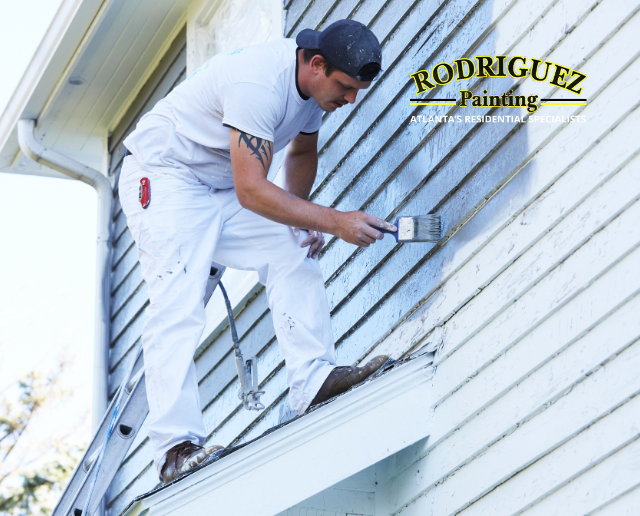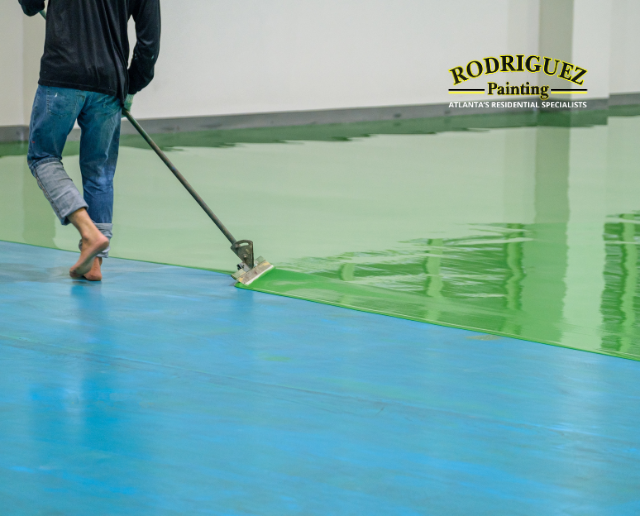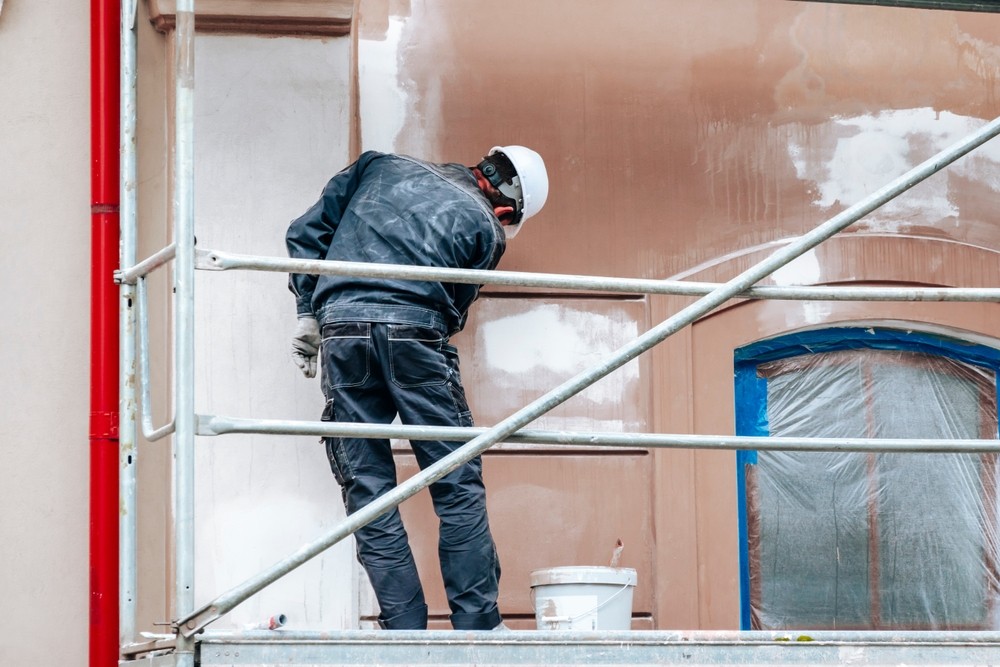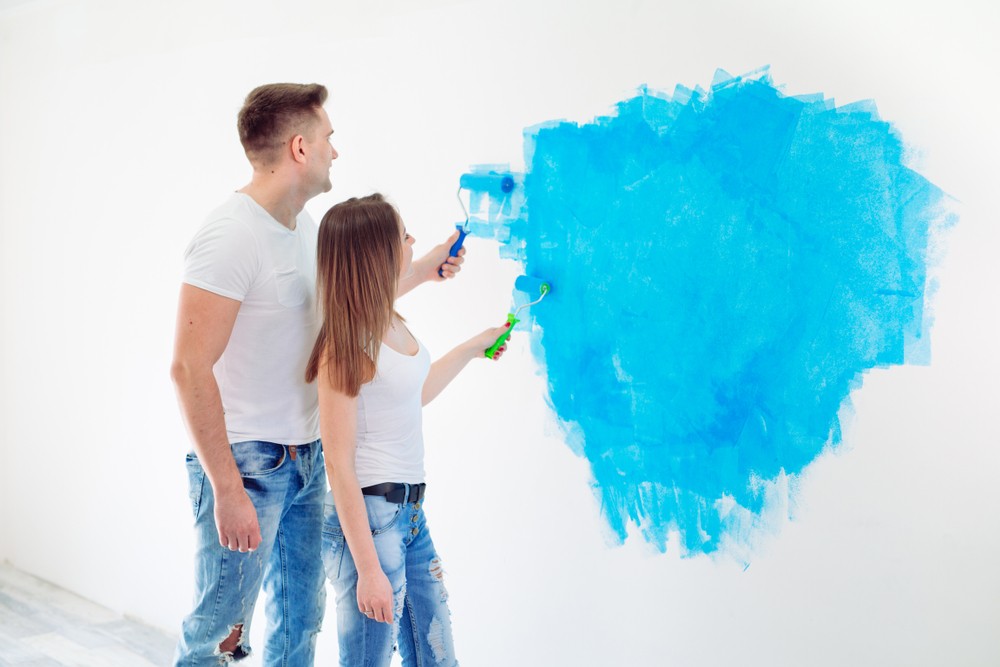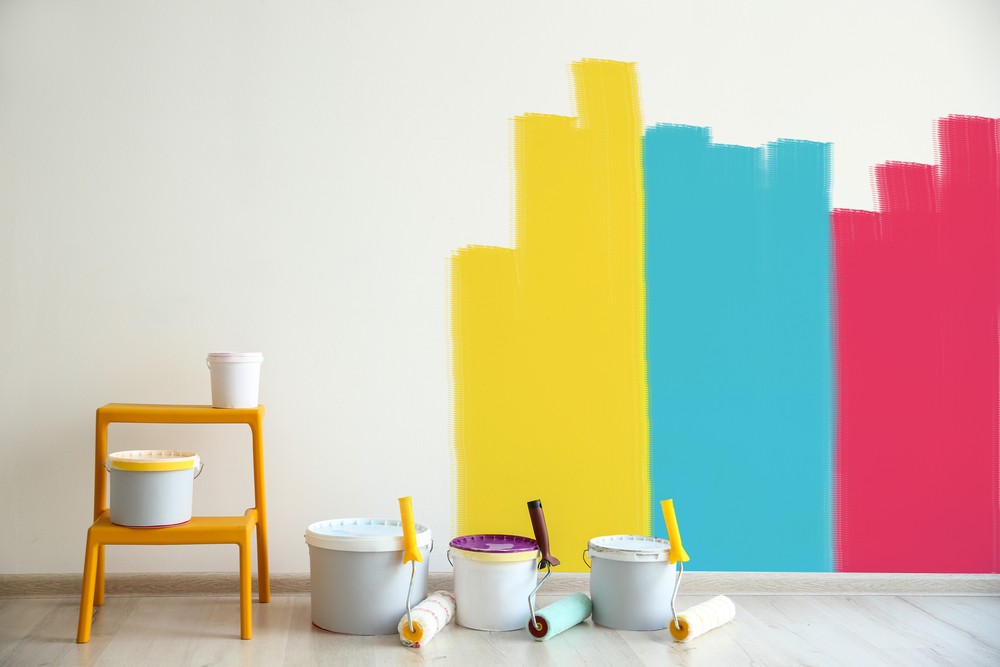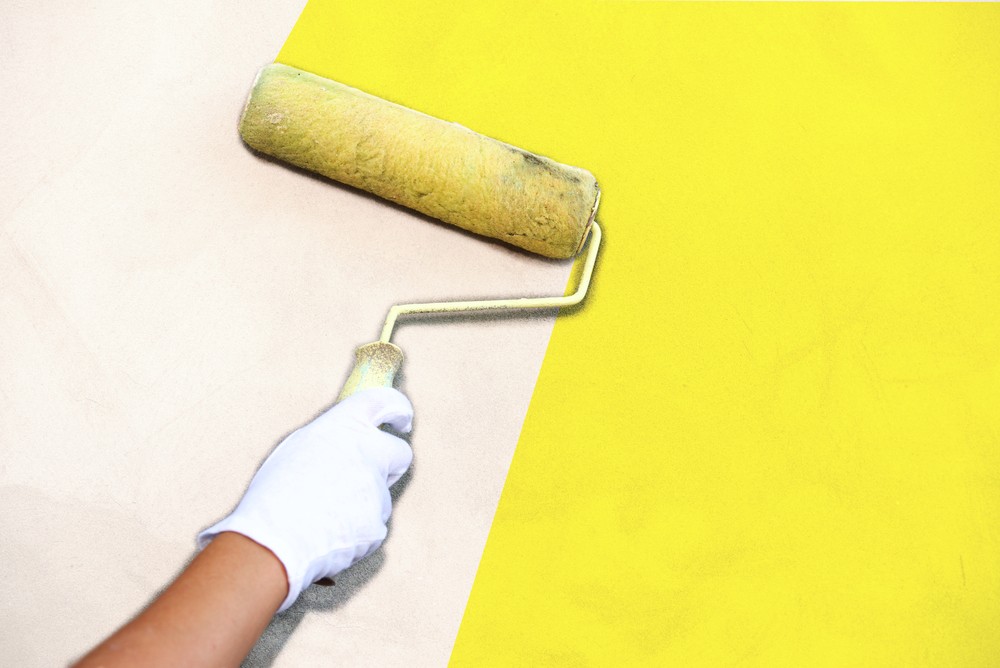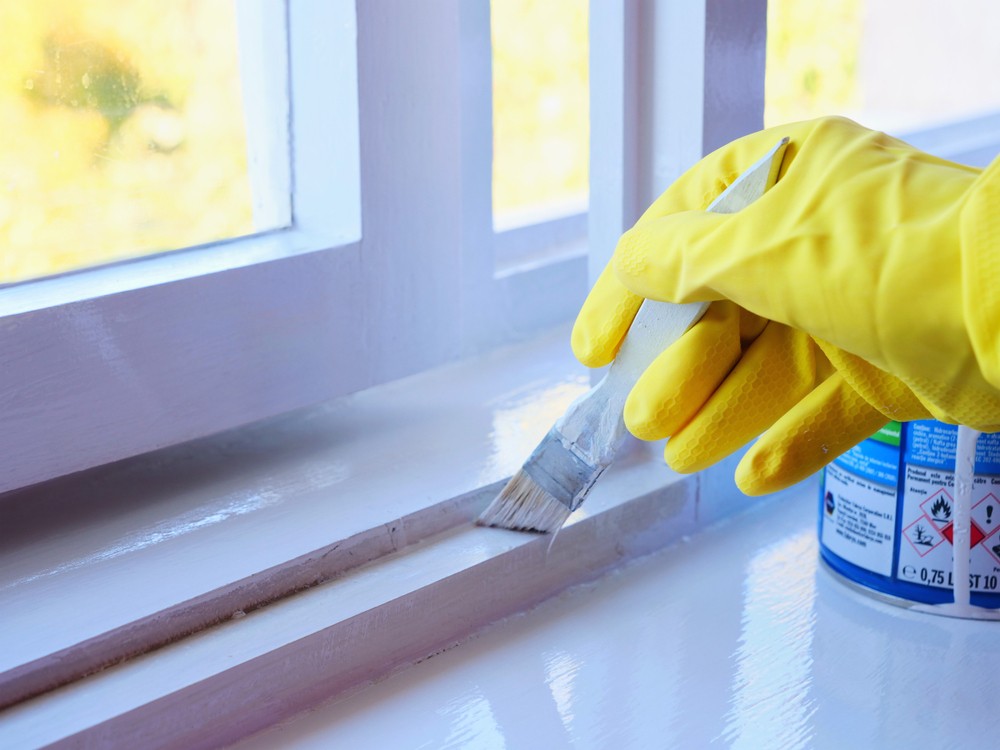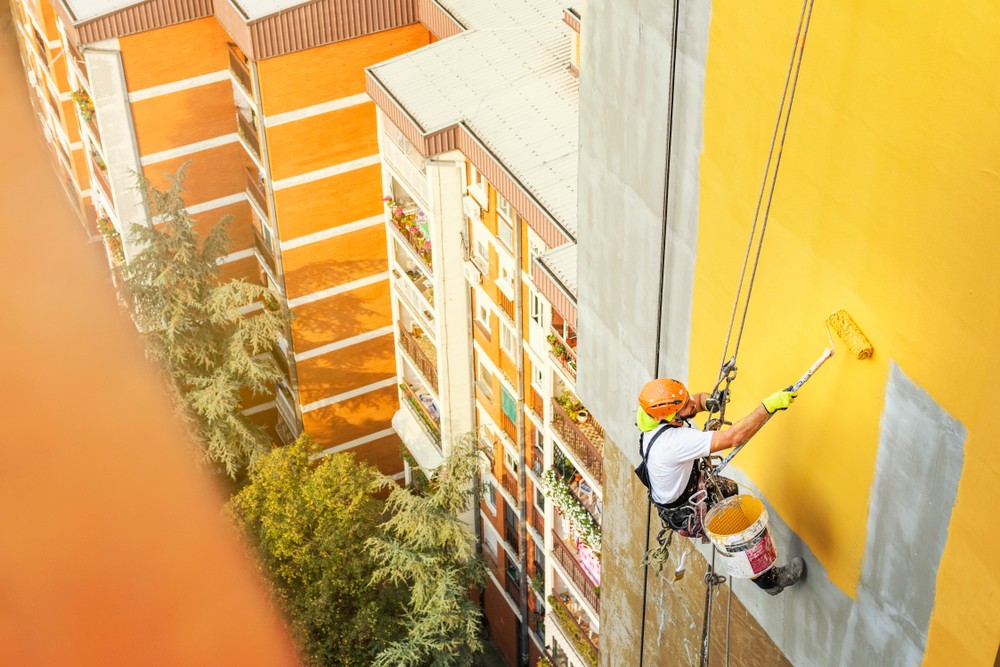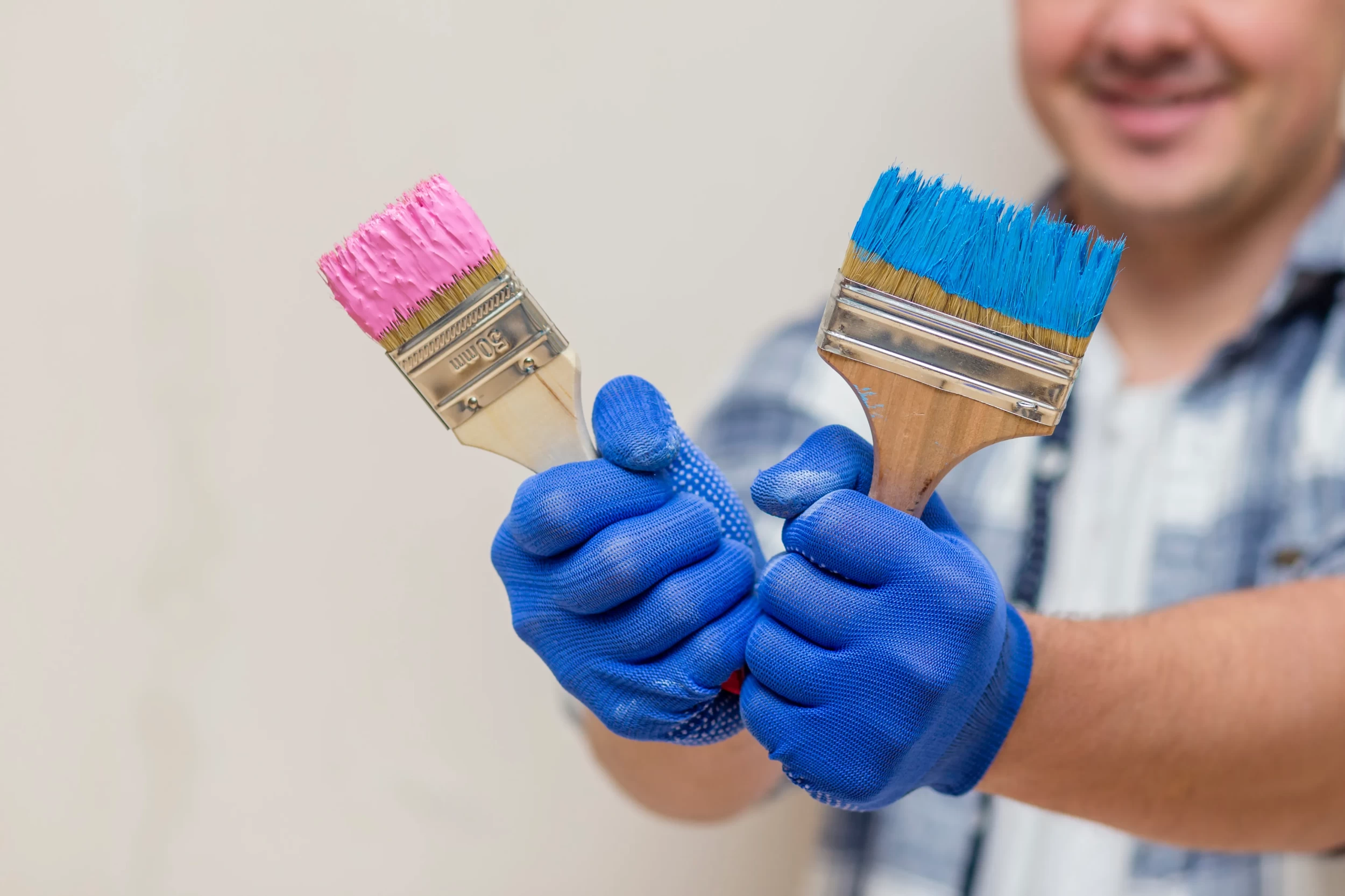
Table of Contents:
- 1. Introduction
- 2. The Importance of Proper Touch-Ups
- 2.1. Identifying Minor Imperfections
- 3. Strategies for Effective Touch-Ups:
- 3.1. Feathering and Blending
- 3.2. Using Angled Brushes
- 3.3. Maintaining Consistent Sheen
- 4. Maintenance in Advance:
- 4.1. Cleaning and Tidying
- 4.2. Protecting High-Traffic Areas
- 4.3. Managing Moisture and Ventilation
- 5. Handling Resistant Stains and Scuffs:
- 5.1. Cleaning Agents
- 5.2. Repainting vs. Touch-Ups
- 6. Pros and Cons of Regular Maintenance
- 7. Conclusion
- 8. FAQs
Summary:
This guide offers expert tips for maintaining and touching up your home's paint. It covers proper prep, matching colors, and techniques for seamless touch-ups. Moreover included are stain and scuff removal techniques and preventative maintenance. To make your home look its best, Rodriguez Painting offers expert painting services.
The interior of your house displays your taste and style. Refinished paintwork can have a significant impact. It can create a comfortable and inviting vibe. But with time, scrapes, mileage, and minor flaws can bring down the presence of your paint. That's why appropriate maintenance and touch-ups are necessary. In this guide, we'll share expert tips to help you keep your interior paint looking nice. They will ensure your home looks its best for years. If you need professional help, search for "interior painting near me." You can find local experts who can keep your walls pristine.
The Importance of Proper Touch-Ups:
You need to do touch-ups often. They keep your paint job looking good and lasting.
Identifying Minor Imperfections:
The first step in touch-up repair is finding small flaws. These include scratches, scuffs, and chipped paint. These minor imperfections may soon stand out more. They will detract from your interior's look if left unfixed.
Matching Paint Colors:
Accurate color matching is crucial for successful touch-ups. Small differences in paint color can be seen and give the impression of being uneven. To ensure a perfect match during touch-ups, keep a record of the exact paint color and sheen used for your wall paint.
Preparation for Touch-Ups:
A perfect touch-up requires careful planning. To make sure the new paint sticks, you might need to wash the surface. Then, lightly sand it and use a primer or bonding agent.
Strategies for Effective Touch-Ups:
Touch-ups that are successful can be achieved by mastering the appropriate procedures.
Feathering and Blending:
Feathering and blending are essential techniques for seamless touch-ups. Gently feather the edges of the touched-up area. Blend it into the surrounding paint. This will create a smooth, undetectable transition.
Using Angled Brushes:
Angled brushes are useful for touch-ups. They allow for better control and precision. This is when applying paint in tight spaces or along edges and corners.
Maintaining Consistent Sheen:
For a flawless touch-up, the sheen or gloss level of the new paint must match the original paint. Keeping the shine level constant will provide a unified look throughout the space.
Maintenance in Advance:
Preventive maintenance includes final touch-ups. It can greatly extend your interior paint job.
Cleaning and Tidying:
Tidying and cleaning help remove trash, rot, and particles. They can settle on painted surfaces and cause wear or discoloration.
Protecting High-Traffic Areas:
These areas get a lot of traffic. They consist of stairwells, halls, and entryways. They are very vulnerable to wear and scuffs. Consider using protective measures. For example, use area rugs or wall guards to limit damage in these areas.
Managing Moisture and Ventilation:
You need proper moisture control and ventilation. They are key for stopping paint issues. These issues include peeling, blistering, and mildew. Address moisture problems quickly.
Handling Resistant Stains and Scuffs:
On painted surfaces, stains and scuffs may occasionally appear despite your best efforts.
Cleaning Agents:
You can remove light stains or flaws on paint with gentle cleaners. These include a mix of warm water and dish soap. Avoid rough cleaning agents and aggressive chemicals as they can harm the paint.
Repainting versus Touch-ups:
Sometimes, severe aging or damage requires repainting a whole room or surface. Our team can help you decide when the final details will work and when a total repaint is needed.
Pros and Cons of Regular Maintenance:
|
Pros |
Cons |
|
Extends the lifespan of your interior paint job |
Requires time and effort for regular cleaning and touch-ups |
|
Maintains a fresh and polished appearance |
|
|
Protects against premature wear and damage |
Conclusion:
Maintaining and cleaning your interior paint is key. It protects the quality and value of your home. Follow expert tips. Use their techniques. They can extend the lifespan of your paint job. They also keep it fresh and polished. They protect against premature wear and damage.
At Rodriguez Painting, our team of home painting contractors in Kennesaw, GA has exceptional experience. We are devoted to giving proficient direction and support. Do you want help with touch-ups, fixes, or a full repaint? We are here to make sure your home looks its best. Reach us today to schedule a consultation.
FAQs:
Q1: How frequently should I touch up the inside paint job I just completed?
Touch-up frequency varies. It depends on factors like traffic, sun, and wear. We advise checking your inside paint once a year as a general guideline. Touch-ups as necessary to maintain its original appearance.
Q2: Can I do touch-ups with paint left over from my original paint job?
It's best to touch up with similar paint. But, old paint could dry out or blur. Before applying extra paint for touch-ups, be sure it is the right tone and consistency. It's preferable to buy a new can that has the same color and sheen if it seems inconsistent.
Q3: How can I prevent future damage and minimize the need for touch-ups?
Proper maintenance and prevention can reduce future damage. They also cut the need for frequent touch-ups. This includes regular cleaning. It also includes protecting high-traffic areas. You must manage moisture levels and fix any issues quickly before they get worse.

